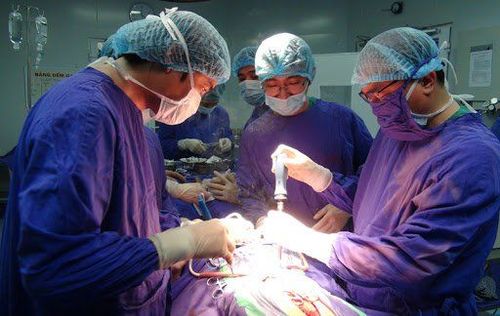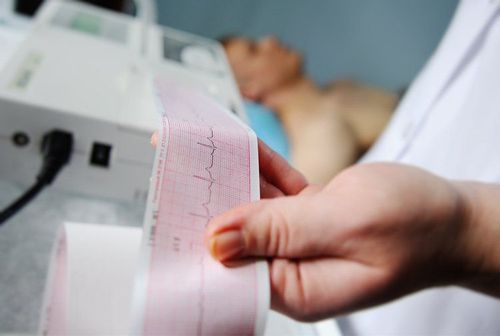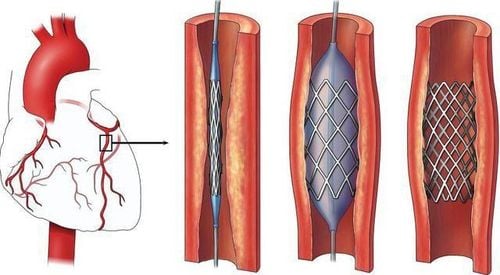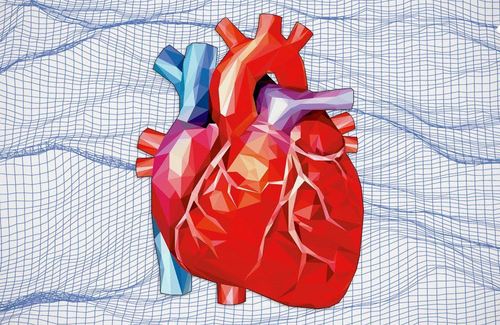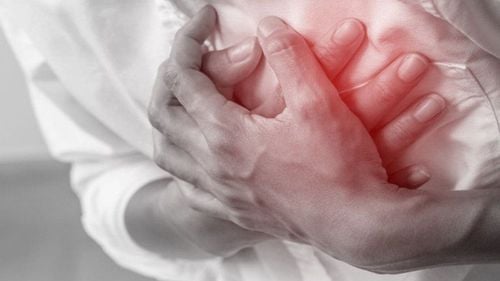This is an automatically translated article.
The article was professionally consulted by Specialist Doctor II Nguyen Quoc Viet - Department of Medical Examination & Internal Medicine - Vinmec Danang International General Hospital. The doctor has more than 20 years of experience in the examination and treatment of cardiovascular diseases and Cardiovascular Interventions (Including angiography, dilation, stenting of coronary arteries, renal arteries...), placing temporary pacemakers , forever...Acute coronary syndrome is a very serious disease, one of the leading causes of cardiovascular death. In acute coronary syndrome, there are many different conditions, the classification of these conditions is very important in treatment and intervention.
1. Classification of acute coronary syndromes
Acute coronary syndrome occurs when there is an abrupt reduction or cessation of blood flow in the coronary arteries above the epicardium due to a thrombus in the coronary lumen. This process occurs due to the formation of thrombus on the atherosclerotic plaque in the coronary artery. Although there have been many advances in diagnosis and treatment, acute coronary syndrome is still a very serious disease, a leading cause of cardiovascular death and serious complications later.The mechanism of occurrence of acute coronary syndrome is as follows: In patients with atherosclerotic coronary artery disease, when this plaque becomes unstable, the plaque's envelope cracks or ulcerates, Platelets circulating in the blood will attach to the damaged endothelium underneath the plaque. The process of platelet aggregation will form a blood clot that causes narrowing of the coronary artery. If the rupture of a large atherosclerotic plaque, massive thrombus formation fills the entire coronary artery, it will cause acute ST-segment elevation myocardial infarction, also known as transmural myocardial infarction. If the rupture is small and the blood clot has not completely blocked the coronary artery, it causes non-ST-elevation acute coronary syndrome.

In summary, in acute coronary syndromes including: acute myocardial infarction with ST-segment elevation on electrocardiogram and acute coronary syndrome without ST-segment elevation. Non-ST-elevation acute coronary syndromes include non-ST-elevation myocardial infarction and unstable angina. This classification is important because acute myocardial infarction with ST-segment elevation and acute coronary syndrome without ST-segment elevation have differences in approach strategies, time factors, and methods. regimen with or without thrombolytics. In particular, fibrinolytic drugs can be used in the treatment of acute myocardial infarction with ST-segment elevation, while non-ST-segment elevation acute coronary syndrome is absolutely contraindicated with thrombolytics.
2. Acute coronary syndrome without ST-elevation
2.1. Patient Approach Strategy The typical symptom of a patient with non-ST-segment elevation acute coronary syndrome is coronary artery disease-type chest pain. The pain can occur with exertion or at rest and usually lasts more than 20 minutes. Type of tightness, squeezing behind the sternum, can spread to the left shoulder, chin, two shoulders. On the electrocardiogram, ST segment depression, usually downhill pattern, sharp T negative. With myocardial infarction without ST elevation, results of Troponin I or T test, CK-MB increase. Meanwhile, unstable angina does not increase biomarkers due to the absence of myocardial necrosis.2.2. Process steps 2.2.1. Before the patient is admitted to the hospital If the patient has symptoms of chest pain, suspects that he or she has acute coronary syndrome, call an ambulance or ask a family member to go to the nearest medical facility. Patients should not drive themselves to the hospital.
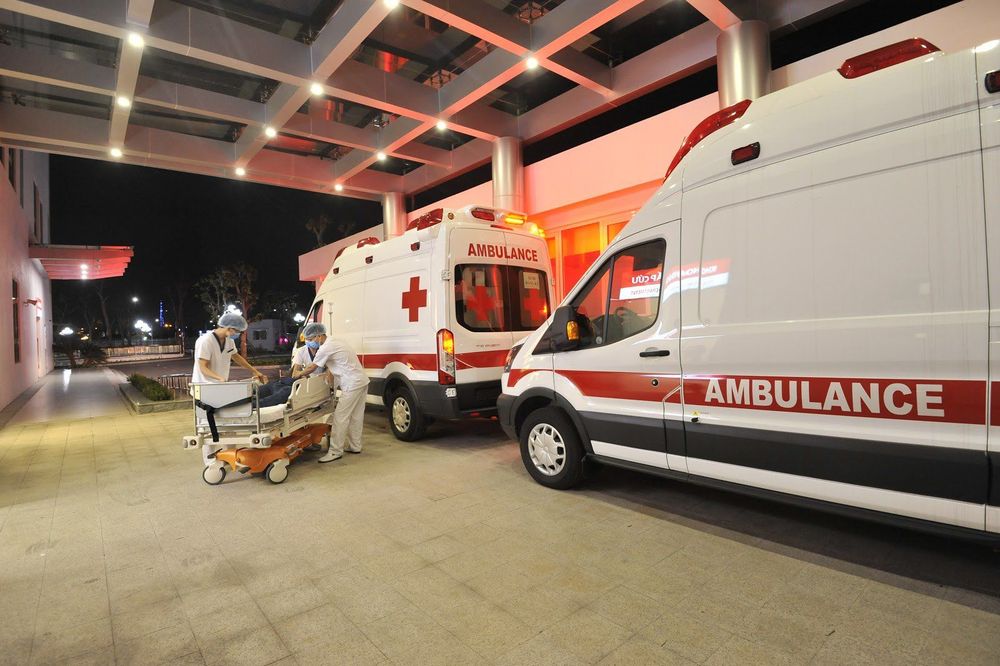
Based on examination results and subclinical results , classifying patients as acute myocardial infarction with ST-segment elevation, acute coronary syndrome without ST-segment elevation or other etiology. Depending on the severity of the disease, immediate emergency intervention or early intervention <24 hours, <72 hours early or conservative treatment/continued evaluation is decided.
2.2.3. Specific treatment of acute coronary syndrome without ST-segment elevation 2.2.3.1. Determine treatment strategy
Determine coronary intervention (coronary angioplasty or stenting) or conservative treatment
Patients at very high risk need immediate invasive treatment (<2 h ). Includes patients with the following factors: hemodynamic disturbances or cardiogenic shock, recurrent/progressive chest pain unresponsive to medication, life-threatening arrhythmias or cardiac arrest, mechanical complications of myocardial infarction Cardiac arrest, acute heart failure, ST and T kinetics changes. High-risk patients requiring early invasive treatment (<24 hours) are those with a definitive diagnosis of non-ST-segmented elevation of myocardial infarction. up-based cardiac Troponin; there is a change in the kinetics of ST or T; GRACE score >140. Moderate-risk patients requiring <72 h of invasive treatment include those with diabetes or renal failure; LVEF <40% or congestive heart failure, early post-infarction chest pain or history of PCI/CABG; GRACE score >109 AND <140 or recurrent/ischemic symptoms on noninvasive testing. 2.2.3.2. Use of antiplatelet agents
All patients diagnosed with non-ST-segment elevation acute coronary syndromes should be treated with a combination of aspirin and one of the P2Y12 receptor blockers. The recommended P2Y12 drugs are: Ticagrelor, Prasugrel, Clopidogrel.
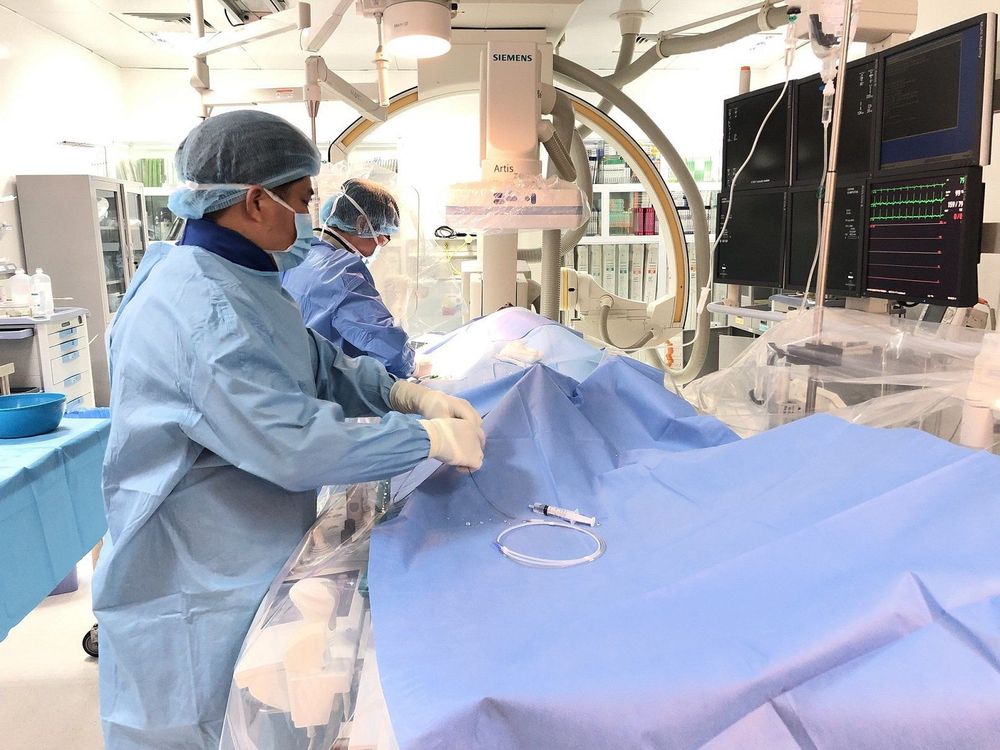
Because the mechanism of coronary artery syndrome is the formation of blood clots, it is imperative to use anticoagulants in treatment. The anticoagulants of choice are unfractionated heparin, low molecular weight heparin (Enoxaparin), direct thrombin inhibitor (bivalirudin), selective factor Xa inhibitor (fondaparinux). Absolutely do not prescribe thrombolytics (thrombolysis) for patients with non-ST-segment elevation acute coronary syndromes.
2.2.3.4. Using drugs that inhibit Glycoprotein IIb/IIIa receptors of platelets
Glycoprotein IIb/IIIa receptors on the surface of platelets, when activated, will bind to the fibrin network causing platelet aggregation. Blocking these receptors radically inhibits platelet aggregation. The most commonly used drugs today are: Eptifibatid (Intergrilin) and Tirofiban (Aggrastat).
2.2.3.5. Other treatment
Concomitant medical therapy includes oxygen breathing in patients with respiratory failure or hypoxemia, sublingual nitroglycerin for chest pain patients, then switching to intravenous injection for patients with prolonged myocardial ischemia. long, high blood pressure. Inject morphine for patients with persistent chest pain due to ischemic heart disease, not taking NSAIDS. Surgery is indicated when: damage to the left coronary artery; damage to many branches of the coronary artery but the distal segment is still good; the lesion is too complicated for dilatation or stenting; failed intervention,... Long-term treatment at discharge: a combination of lifestyle changes and the use of indicated drugs.
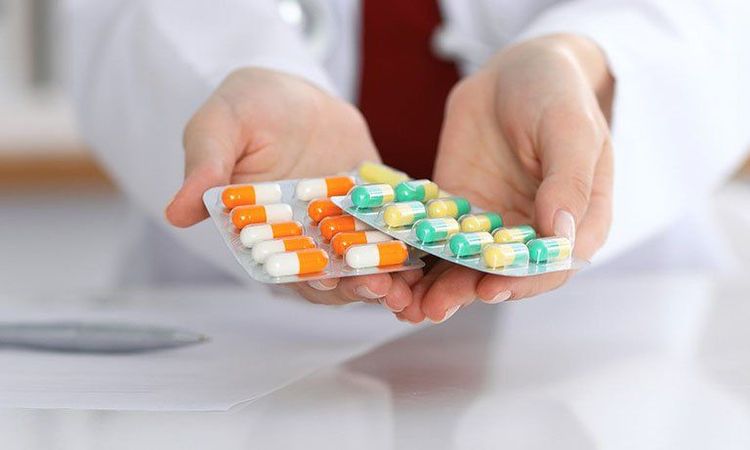
3. Acute coronary syndrome with ST-segment elevation myocardial infarction
3.1. Approach to patients with acute coronary syndromes with ST-segment elevation myocardial infarction 1⁄3 of the hospitalizations in acute coronary syndromes are ST-segment elevation myocardial infarction. The most common symptom is chest pain, which is pain behind the sternum or left chest pain. Pain that is oppressive, squeezing, or squeezing, radiating to the neck, mandible, left shoulder or left ulnar border, may radiate to the epigastrium but never beyond the navel. The duration of chest pain lasts more than 30 minutes, accompanied by shortness of breath, sweating. Some patients do not have chest pain but feel fatigue, nervousness, shortness of breath, nausea, vomiting, loss of consciousness,...When approaching the patient, 3 tests that need to be done immediately are measurement. electrocardiogram, cardiac enzyme testing, echocardiography. On electrocardiogram results, acute complete occlusion of the superior epicardial coronary artery will produce ST-segment elevation, the contralateral radial leads of the infarcted area will have ST-segment depression. Cardiac enzyme test Troponin I and troponin T increased, the level of Troponin increased correlated with the degree of myocardial necrosis. Echocardiography helps to support the diagnosis by imaging regional movement disorders. The absence of regional dyskinesia on 2D ultrasound excludes major MI but does not rule out myocardial infarction. Conduct risk stratification based on examination and laboratory results
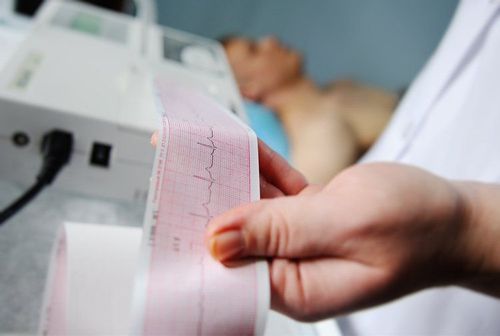
For patients planning primary intervention, the following anticoagulation is recommended:
Do not routinely use unfractionated heparin Consider routine use of Enoxaparin Do not use Fondaparinux during intervention Primary coronary artery disease For patients treated with fibrinolytics until coronary intervention or during hospital stay, one of the following anticoagulants can be used: Enoxaparin intravenously followed by then subcutaneously weight-adjusted unfractionated heparin, intravenously then continuous intravenous infusion For patients treated with Streptokinase: IV Fondaparinux 2 hours after subcutaneous dosing. Use antiplatelet agents as soon as possible as soon as ST-segment elevation myocardial infarction is diagnosed, recommending aspirin in combination with a P2Y12 receptor blocker:
Patients with planned intervention Primary coronary artery disease: Aspirin is used as soon as possible in patients with no contraindications. Administer one of the P2Y12 agents, Prasugrel, Ticagrelor or Clopidogrel before or at least immediately prior to coronary intervention, for up to 12 months unless contraindicated. For patients treated with fibrinolytics: For patients with oral or intravenous aspirin, use clopidogrel in combination. After 48 hours of fibrinolytic therapy, clopidogrel can be switched to Prasugrel or Ticagrelor. Dual platelet aggregation is indicated for 1 year in patients treated with fibrinolysis and subsequent coronary intervention. Depending on the individual patient's condition, it is possible to combine treatment with beta-blockers, ACE inhibitors, diuretics,...
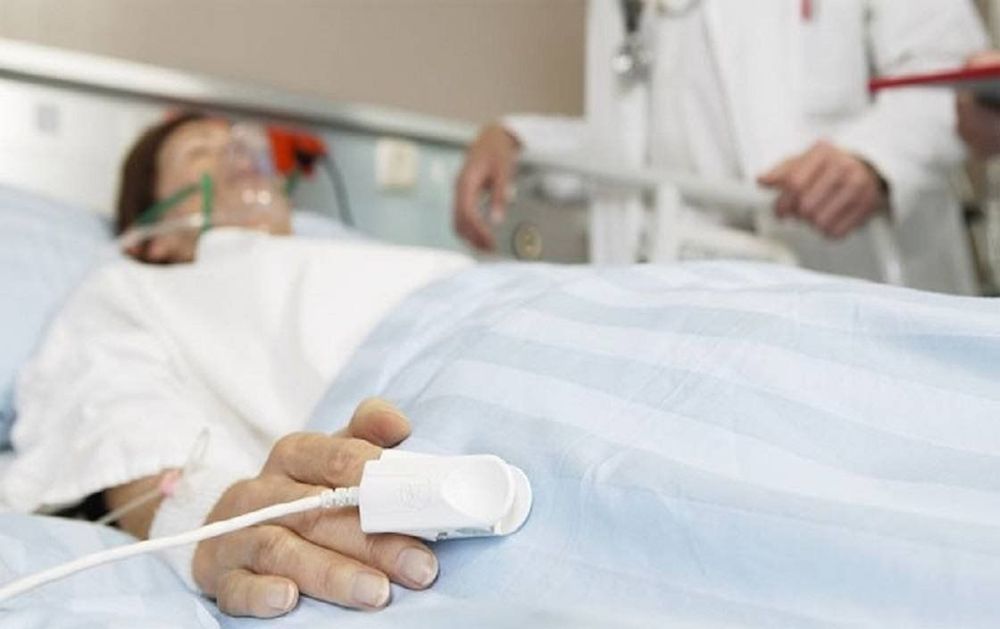
In cases of myocardial infarction without ST-segment elevation, coronary intervention is indicated for patients with ischemic symptoms suggestive of myocardial infarction and at least one of the following factors: :
Hemodynamic instability or cardiogenic shock Patients with angina unresponsive to medical therapy Patients with severe arrhythmias Acute heart failure Dynamic ST or T wave changes, especially ST elevation The commonly used fibrinolytic agents are Streptokinase, Alteplase administered intravenously or intravenously. If fibrinolytic therapy fails or there is evidence of re-infarction with ST-segment elevation, immediate coronary angiography and rescue coronary intervention should be performed.

Vinmec International General Hospital provides customers with a Coronary Cardiovascular Disease Screening Package to help customers proactively check for the above signs and prevent risks early. In addition, at Vinmec International General Hospital, with a team of experienced Cardiologists and modern equipment, it is possible to fully meet the needs of treatment and intervention (dilation, coronary stenting) for all emergency interventions and program interventions for customers with the most reasonable cost.
Please dial HOTLINE for more information or register for an appointment HERE. Download MyVinmec app to make appointments faster and to manage your bookings easily.





